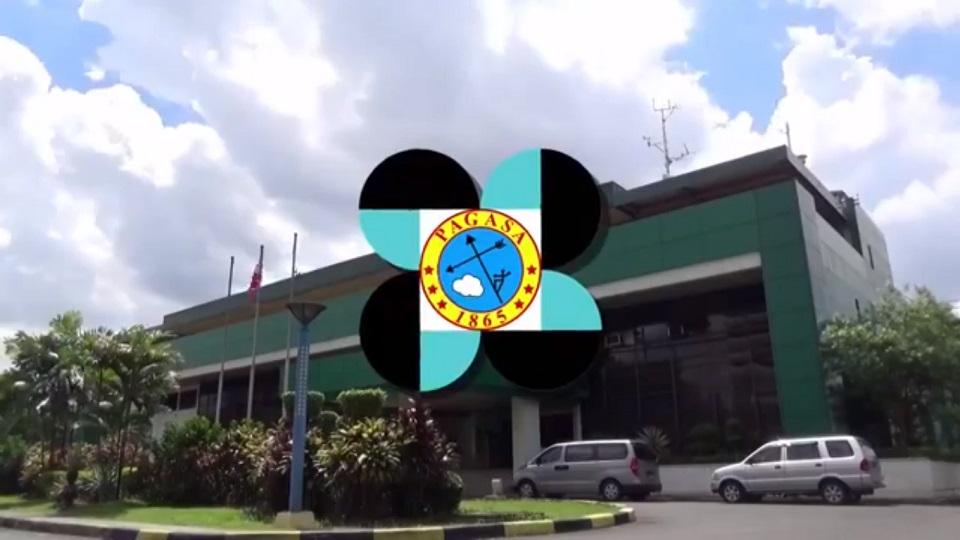PAGASA raises La Niña Watch alert

State weather bureau PAGASA on Thursday issued a La Niña Watch alert as the phenomenon may start to develop in June.
At a press conference, PAGASA Climate Monitoring and Prediction Section chief Ana Solis said the criteria for La Niña Watch under the bureau’s El Niño-Southern Oscillation (ENSO) Alert and Warning System was met.
“Ngayon po ay na-satisfy yung established criteria ng PAGASA ENSO Alert System na kung saan La Niña Watch is being issued today because there is still a probability of more than 55% in the next six months,” she said.
(Now, the established criteria of the PAGASA ENSO Alert System was met so La Niña Watch is being issued today because there is still a probability of more than 55% in the next six months.)
According to PAGASA, La Niña Watch means “be aware and prepared.”
PAGASA administrator Nathaniel Servando said La Niña may develop in June but its effects will be experienced in the later part of the year.
“Naglabas din kami ng La Niña Watch dahil nakikita natin na mataas ang posibilidad more than 50% na mag-develop ang La Niña sa buwan ng Hunyo. Subalit ang epekto ng La Niña ay inaasahan pa sa later part of this year,” he said.
(We have also issued a La Niña Watch because we see a high probability of more than 50% that La Niña will develop in June. But the effect of La Niña is expected in the later part of this year.)
La Nina is characterized by unusually cooler than average sea surface temperatures (SSTs) in the central and eastern equatorial Pacific (CEEP), according to PAGASA.
La Niña is usually associated with above normal rainfall conditions, PAGASA said. Its potential adverse impacts include floods and landslide in vulnerable areas, it added.
Based on previous cases of developing La Niña, Servando said less rains are expected during wet or Habagat season.
Historically, PAGASA said redeveloping La Niña is characterized with below normal rainfall.
Therefore, the possibility of a slight delay on the onset of the rainy season is likely with the combined effects of the ongoing El Niño, it added.
If the conditions further develop with a 70% chance of La Niña within the next two months, PAGASA will raise the alert status to “La Niña Alert,” which means early action should be taken.
If La Niña is observed and expected to continue within the next five consecutive overlapping three months and the probability is 80% or more, PAGASA will raise the alert status to “La Niña Advisory,” which means action should be taken. — RSJ, GMA Integrated News




